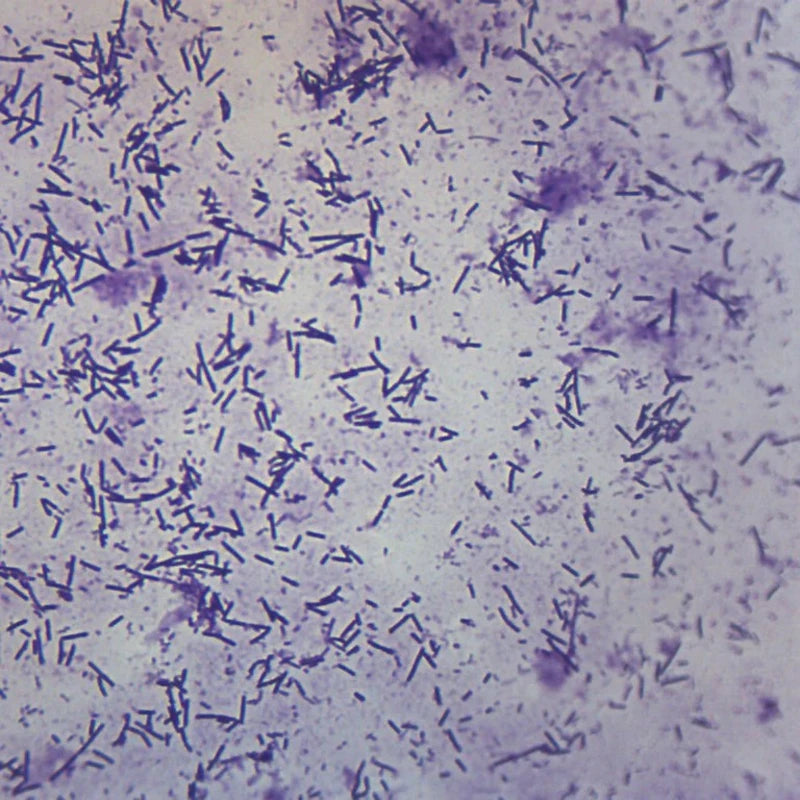Escherichia coli (E. coli) contamination is a significant concern in food safety, with thousands of cases reported annually. This bacteria can lead to severe foodborne illnesses, causing symptoms ranging from mild stomach cramps to life-threatening complications. Ensuring safe food storage and preparation practices is essential to protect your health and that of your loved ones. In this article, we will explore effective strategies to prevent E. coli contamination in your kitchen.
Understanding E. coli Contamination
What is E. coli?
E. coli is a type of bacteria commonly found in the intestines of healthy humans and animals. While most strains are harmless, certain harmful strains can cause serious illness. These pathogenic strains can lead to severe foodborne diseases, emphasizing the need for awareness and prevention.
Sources of Contamination
E. coli can enter the food supply through various channels, including contaminated food, water, and surfaces. Common sources include undercooked meats, unpasteurized dairy products, raw fruits and vegetables, and cross-contamination from contaminated surfaces in the kitchen.
Health Risks
Consuming food contaminated with E. coli can lead to symptoms such as abdominal cramps, diarrhea (often bloody), vomiting, and fever. Severe cases can result in complications like hemolytic uremic syndrome (HUS), which can cause kidney failure. Understanding these risks underscores the importance of foodborne illness prevention strategies in your kitchen.
Best Practices in Food Storage
Food Storage Organization
Organizing your kitchen is crucial in preventing cross-contamination. Keep raw meats on the bottom shelves of your refrigerator to avoid drips onto other foods. Use separate containers for different types of food to minimize the risk of contamination.
Food Storage Tips
Proper food storage practices can significantly reduce the risk of E. coli contamination. Here are some essential food storage tips:
- Store perishable items in the refrigerator at 40°F (4°C) or below.
- Keep raw meats sealed and stored away from ready-to-eat foods.
- Use airtight containers for leftovers to prevent cross-contamination and spoilage.
- Checking expiration dates regularly is vital; discard expired items to ensure your food remains safe.
Safe Food Preparation Techniques
Cleaning Fruits and Vegetables
One of the most critical steps in food preparation is cleaning fruits and vegetables properly. Rinse produce under running water, and consider using vinegar for cleaning to help remove any residual pesticides and bacteria. Soaking fruits and vegetables in a vinegar solution can further enhance safety.
Disinfecting Cutting Boards
Disinfecting cutting boards and utensils is vital, especially after handling raw meat. Use hot, soapy water to clean cutting boards, and consider using a disinfectant solution to ensure they are safe for subsequent food preparations.
Food Preservation Techniques
Employing proper food preservation techniques can help prevent contamination during food storage. Canning and freezing can extend the shelf life of food while minimizing the risk of bacterial growth. Always ensure containers are sterilized and airtight before storing food.
Maintaining a Clean Kitchen Environment
Cleaning Protocols
To maintain a sanitary kitchen, establish daily cleaning protocols. Wipe down surfaces, wash dishes promptly, and clean up spills immediately to prevent bacterial growth. Regular cleaning routines contribute to a healthier kitchen environment.
Use of Food Safety Resources
Utilizing reliable food safety resources can help you stay informed about best practices and regulations. Consider enrolling in food safety courses to gain insights into maintaining a safe kitchen. Many organizations offer guidelines and training programs to enhance your knowledge and skills in food safety.
Regular Maintenance
Routine checks of kitchen appliances, such as refrigerators and microwaves, are crucial to ensure they are clean and functioning properly. Keeping these appliances in good condition helps prevent any potential bacterial growth and maintains the quality of your food.
Awareness and Training
Food Safety Courses
Training and education play a significant role in food safety. Enroll in food safety courses to ensure everyone involved in food preparation understands the best practices for handling food safely.
Kitchen Organization Tips
Implementing effective kitchen organization tips can further minimize contamination risks. Separate raw and cooked foods, label storage containers, and keep your workspace clutter-free to enhance food safety.
Conclusion
In summary, avoiding E. coli contamination in food storage and preparation requires a proactive approach that includes proper organization, cleaning, and awareness. By implementing these strategies, you can significantly reduce the risk of foodborne illnesses in your kitchen.
Consider using the Milerd ozone vegetable cleaner to enhance food safety and ensure your kitchen remains a clean and healthy environment for you and your family. Taking these precautions today will lead to a safer and healthier tomorrow.



Hinterlasse einen Kommentar
Diese Website ist durch hCaptcha geschützt und es gelten die allgemeinen Geschäftsbedingungen und Datenschutzbestimmungen von hCaptcha.